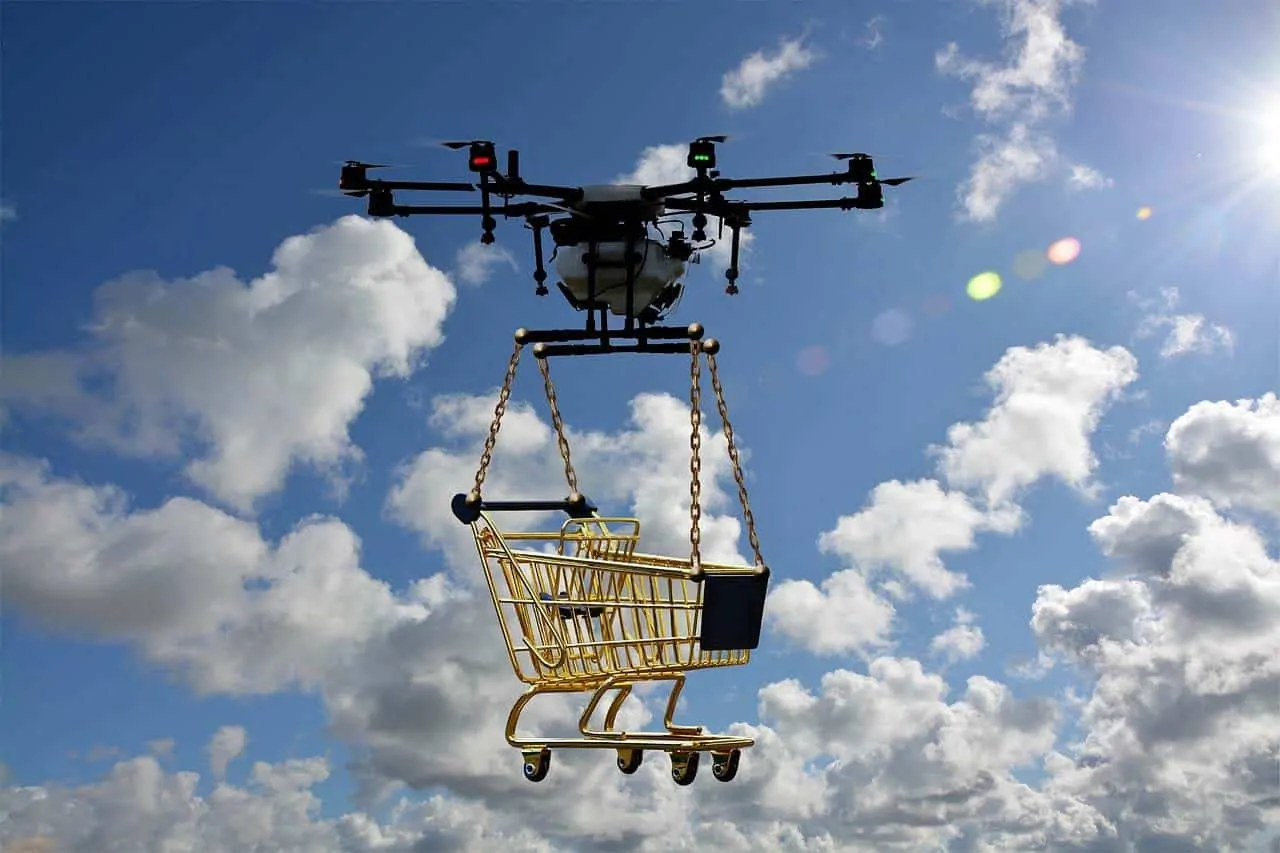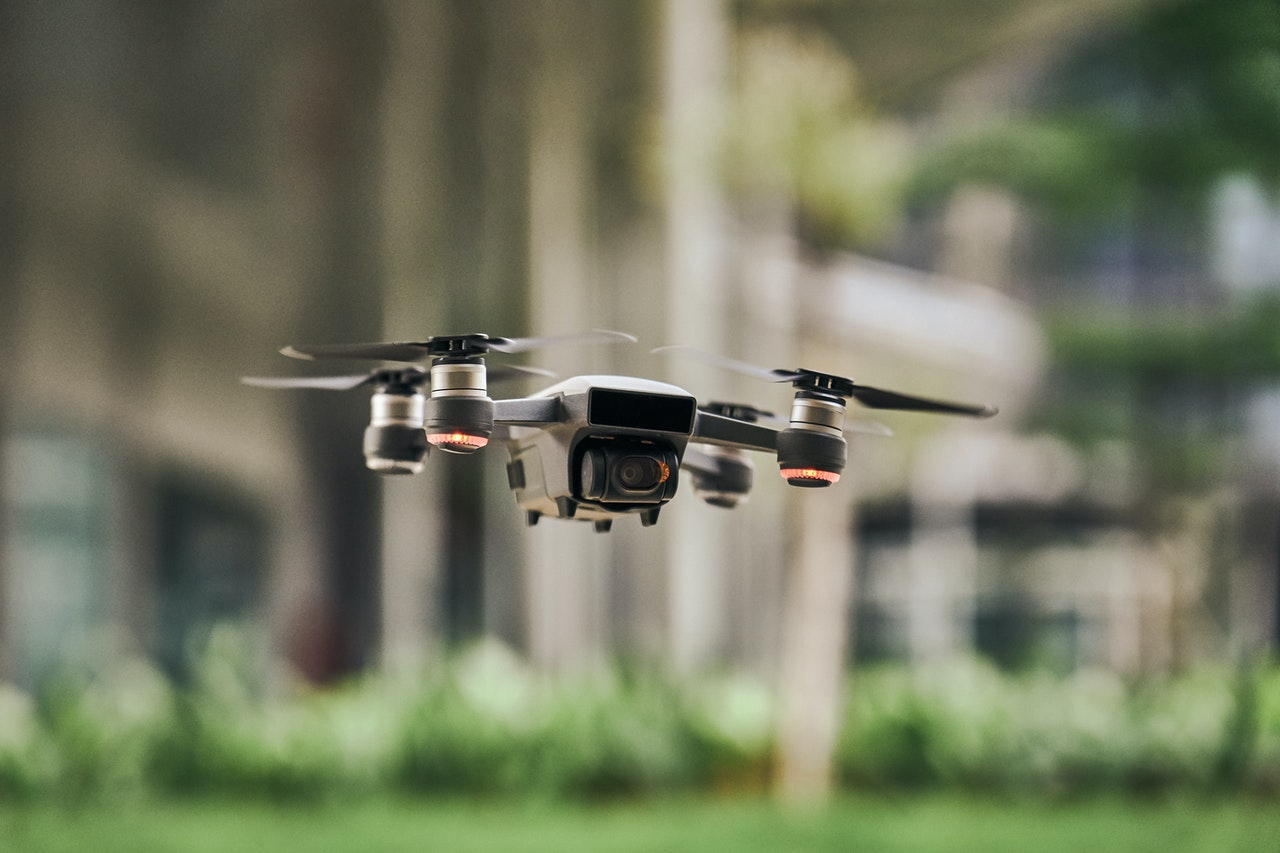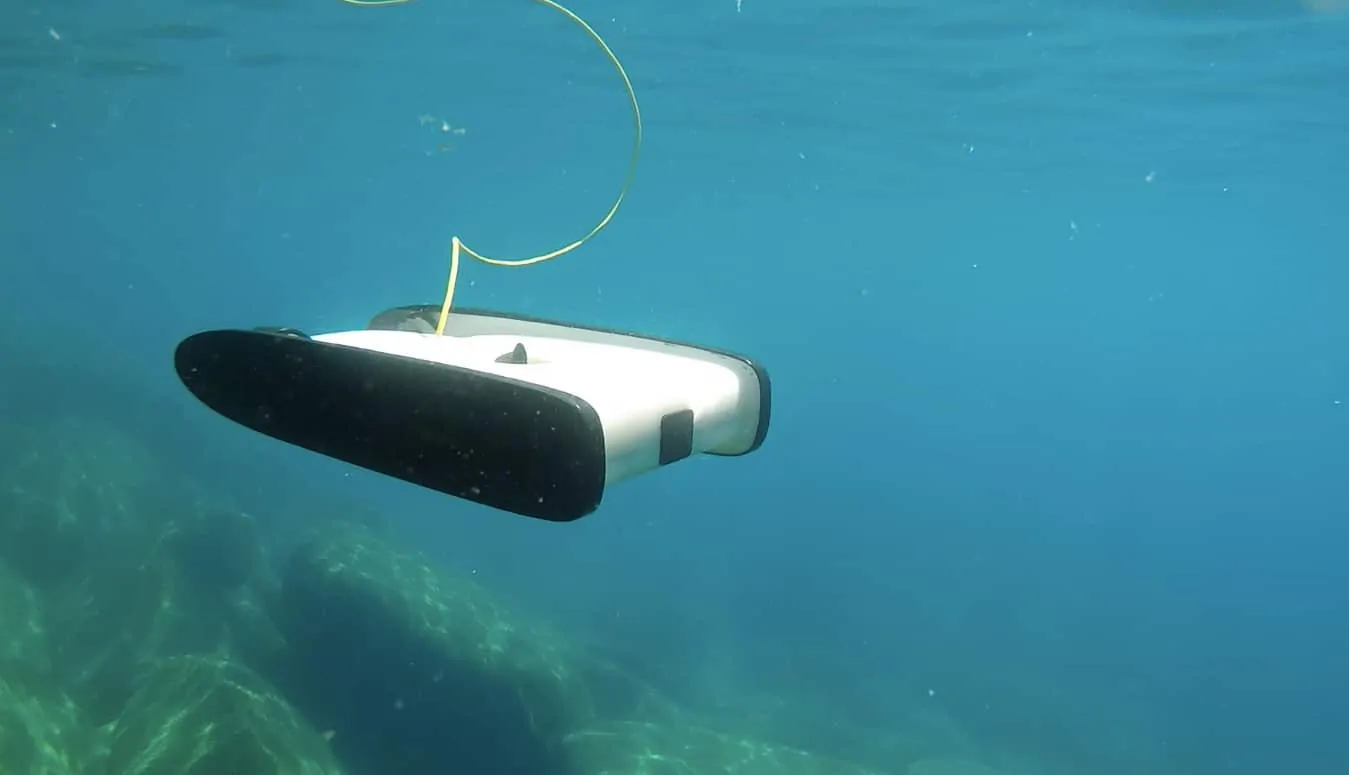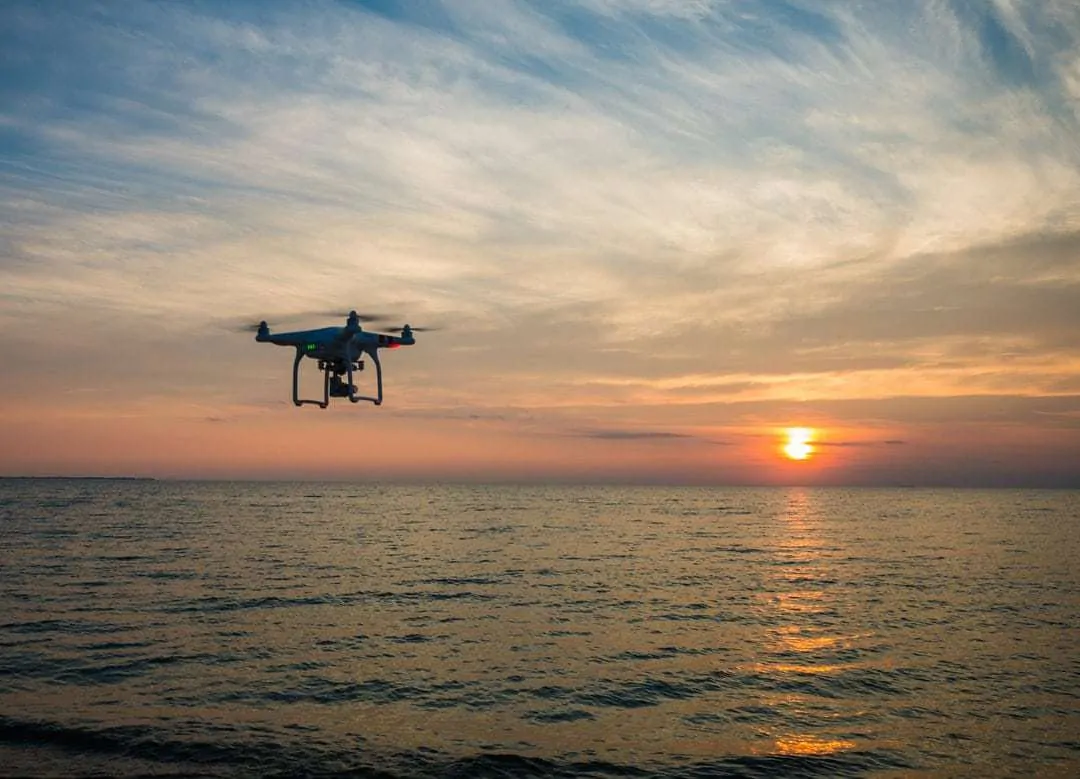
Drones are a lot of fun, there’s no doubt about that! These fabulous machines have become very popular in recent years, and some are very sophisticated devices. We’re talking more about the professional drones here, those that are very capable and are also used professionally, rather than the type that is sold to kids as toys. They are flown by photographers who want to take aerial photos – and the results can be pretty impressive – and also used by people just for fun.
There are some great examples of drones at the Dronesinsite website that give you a good idea of what they’re all about, but you also need to be aware there are certain regulations that need to be adhered to when it comes to flying drones. We’re here to talk about what you need to know in 9 handy tips, so let’s get started!
Table of Contents
1. Stay Away from Airfields
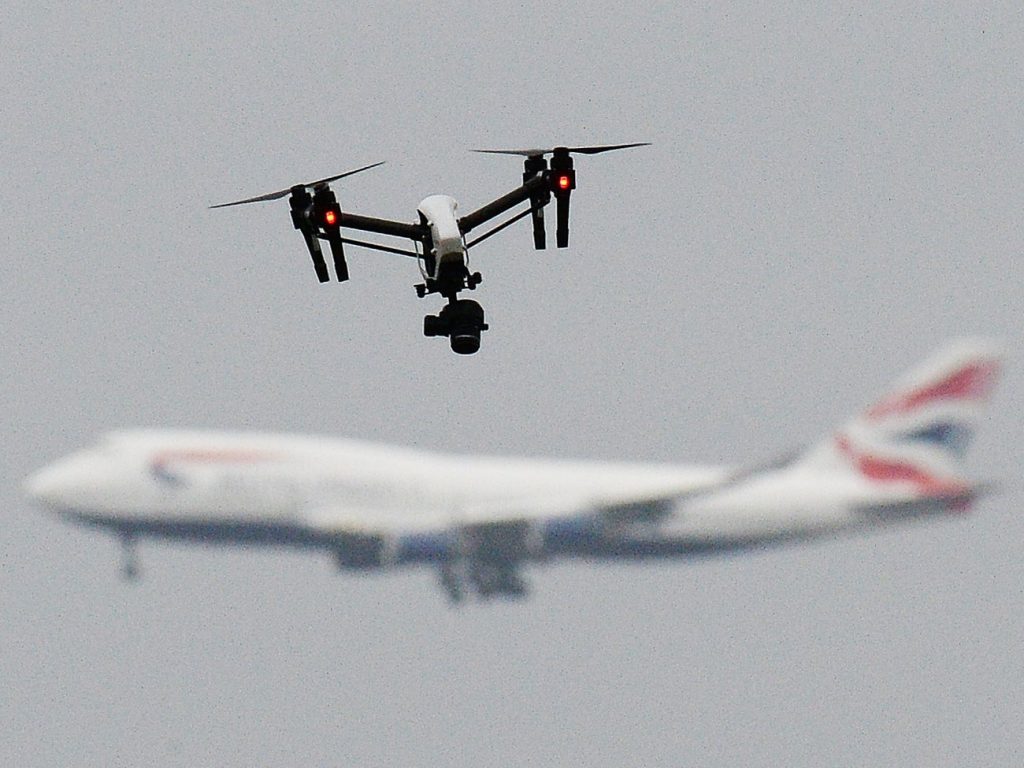
img source: independent.co.uk
Never fly a drone within 1km of an airfield, and always check the rules where you intend to fly. Military establishments may have as much as a 5km exclusion zone, and it is essential you are aware of any such bases in the vicinity of where you intend to fly. We cannot stress enough the importance of taking this on board, as you will be arrested and prosecuted if caught. Not only that, but you will also be putting the lives of others in danger.
2. Know the Altitude Rules
The laws regarding flying drones may differ greatly between locations and we suggest you research them thoroughly if flying in a new area. Pay particular attention to the rules regarding altitude. In general, we suggest you never fly a drone above 400ft, but check the local authority regulations before you begin to be aware of local rules.
3. Avoid Congested Areas
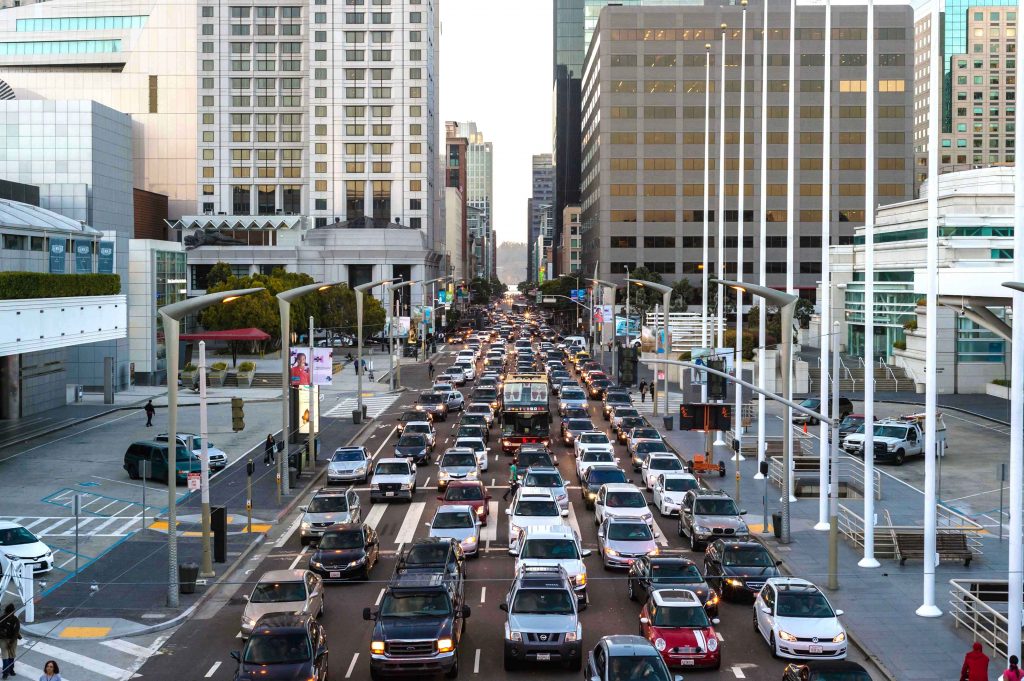
img source: sfcta.org
Do not fly a drone in a built-up area, or within 150 meters of such. Always choose an open space where drones are permitted, and always ensure you have plenty of space around you. Drones around traffic and overflying private property will be seriously frowned up, for obvious reasons, so choose your location sensibly.
4. Fly Away from People
As a general rule of thumb ensure your drone does not fly with 50m of other people in the vicinity. This includes people in vehicles, boats or pedestrians. Dog walkers and other leisure users do not want your drone close to them, and nor do you! Drones can cause injury and you may find yourself at the end of a troublesome lawsuit. Make sure you have plenty of clear space before you launch.
5. Keep Your Drone in Sight
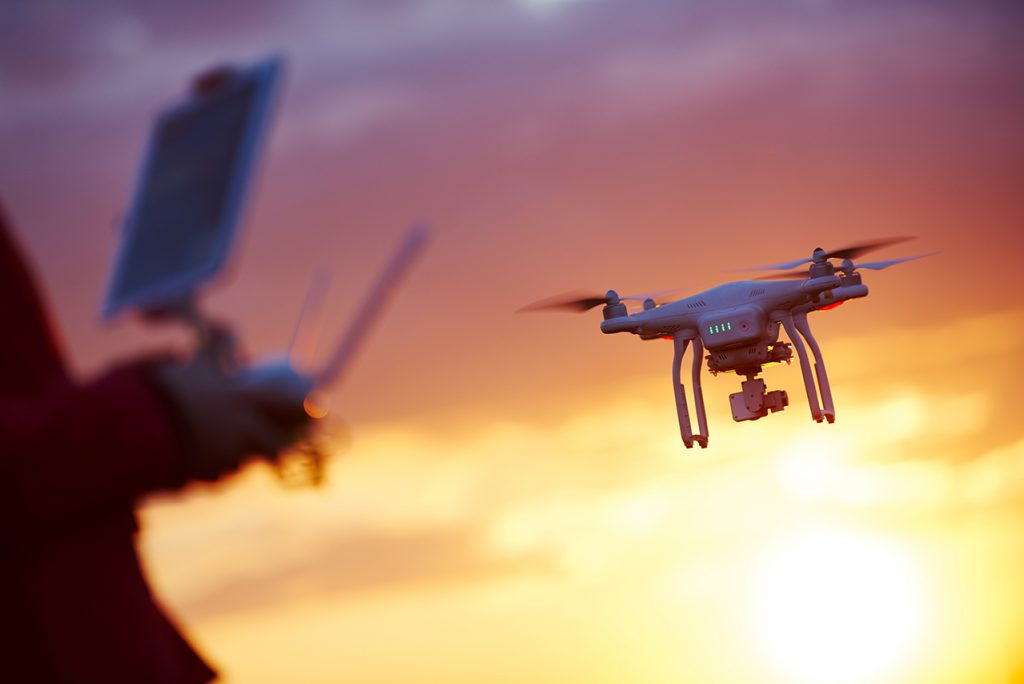
img source: navcanada.ca
Never fly a drone out of your line of sight. The drone must be visible to the pilot at all times and must not be flown more than 500m away from the operator. This is essential to avoid possible loss of control or contact with objects you cannot see, which can be dangerous and problematic. Also, your drone is not a cheap toy but an expensive device, and you do not want to lose it. Fly safely and sensibly and within your range of vision.
6. Know the Controlled Airspace Rules
A lot of airspace is controlled in order that air traffic can use it. This does not just apply above a certain height and may include the 400ft high drone space. If you are unsure whether you are in controlled space you need to check, and if you are, there are restrictions on the drone you may fly. If you have a large drone, one that exceeds 7kg in weight, you must not fly it in controlled airspace. The FAA has concerns about drones being flown recklessly and with criminal intent – see the Gatwick Airport, UK, drone incident for an example – and continued infringement of their rules will lead to us all losing the hobby we enjoy, so research the rules beforehand.
7. Always Check the Drone is in Flying Condition
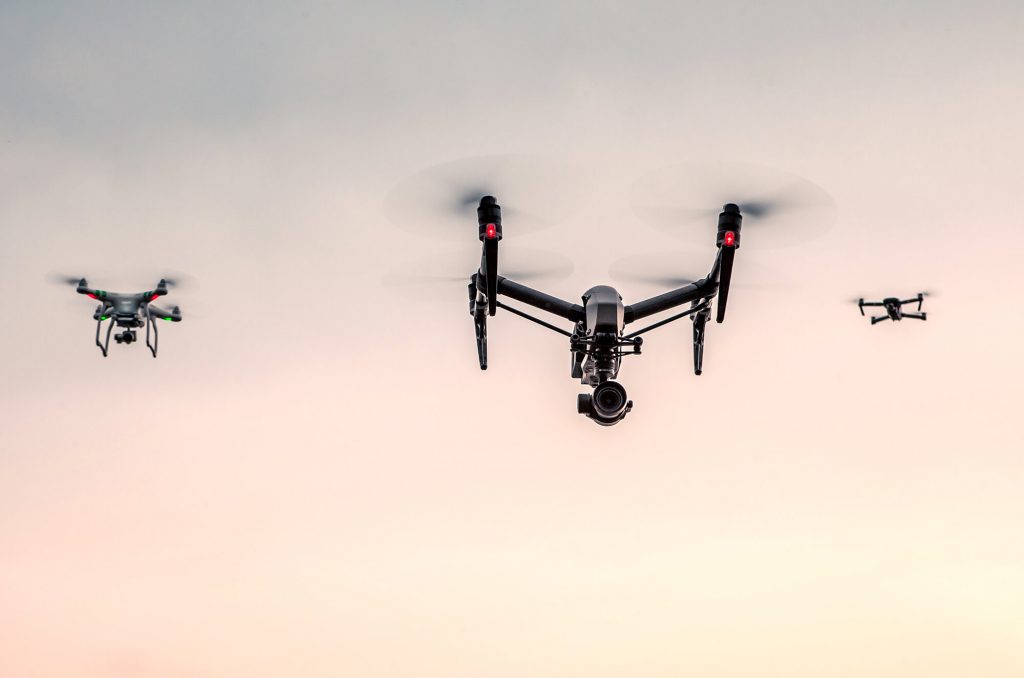
img source: djicdn.com
Check the state of your drone before each flight for possible damage or other problems. This is essential as you need to be certain you can be in control of your drone at all times. Damage may occur on landing or by collisions with other objects and needs to be attended to. Also, check the battery is fully charged and we recommend you carry a spare or several if you want to be on the safe side.
8. Check the Controller is Working
Similar to the above, always check that the controller is signaling the right instructions to the drone before you fly. Interference – although rare – can cause malfunction which may be problematic in flight and may cause loss of control of your drone. This is not only a problem for you but for anyone else in the area, and can lead to damage to property, the drone, or loss of the drone itself.
9. Keep Your Eyes on the Drone
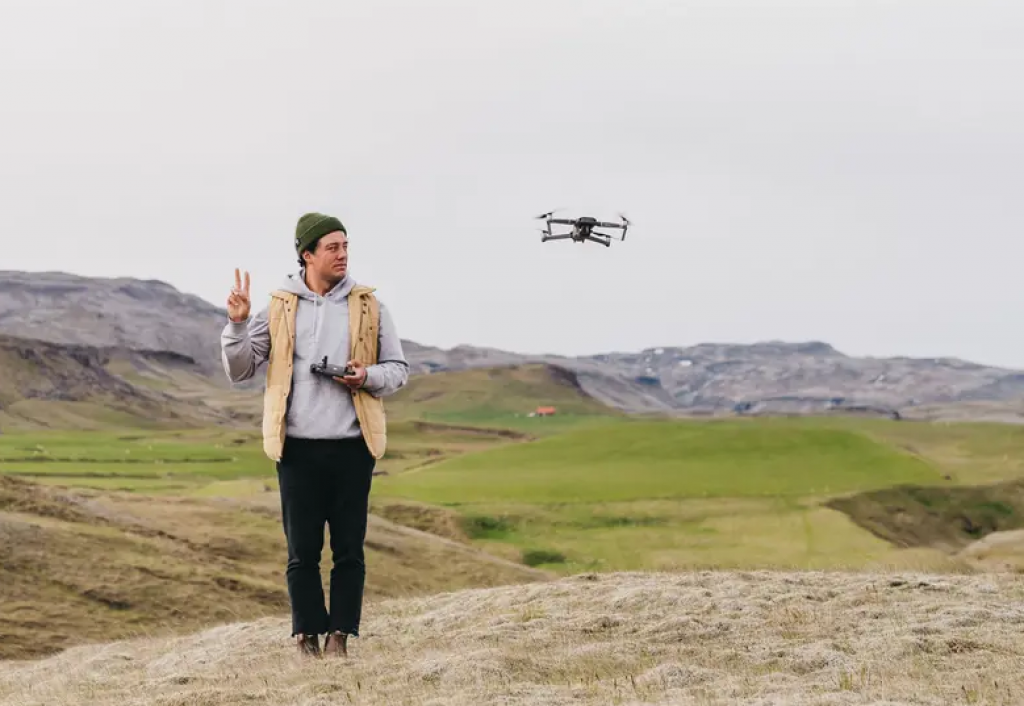
img source: shopmoment.com
One major mistake made by novice operators is to fly the drone by the screen too often. This is not a good way of flying. The screen should be used to check the photo you are about to take only, and not as a means of flying the aircraft. You need to know where the drone is in case of another aircraft entering the area – in which case you should land the drone – and this may not be seen by the screen. You should have your eyes on your drone at all times, with only occasional glances elsewhere.
Flying a drone is great fun, but we need to remember these are real aircraft flying in airspace where other aircraft may be present. The potential for problems is high if due care and attention is not paid, so we ask that you follow the above tips, check the area your drone is to fly in, and ensure you are a safe distance away from other people, traffic and airfields, and enjoy your flying to the full!



